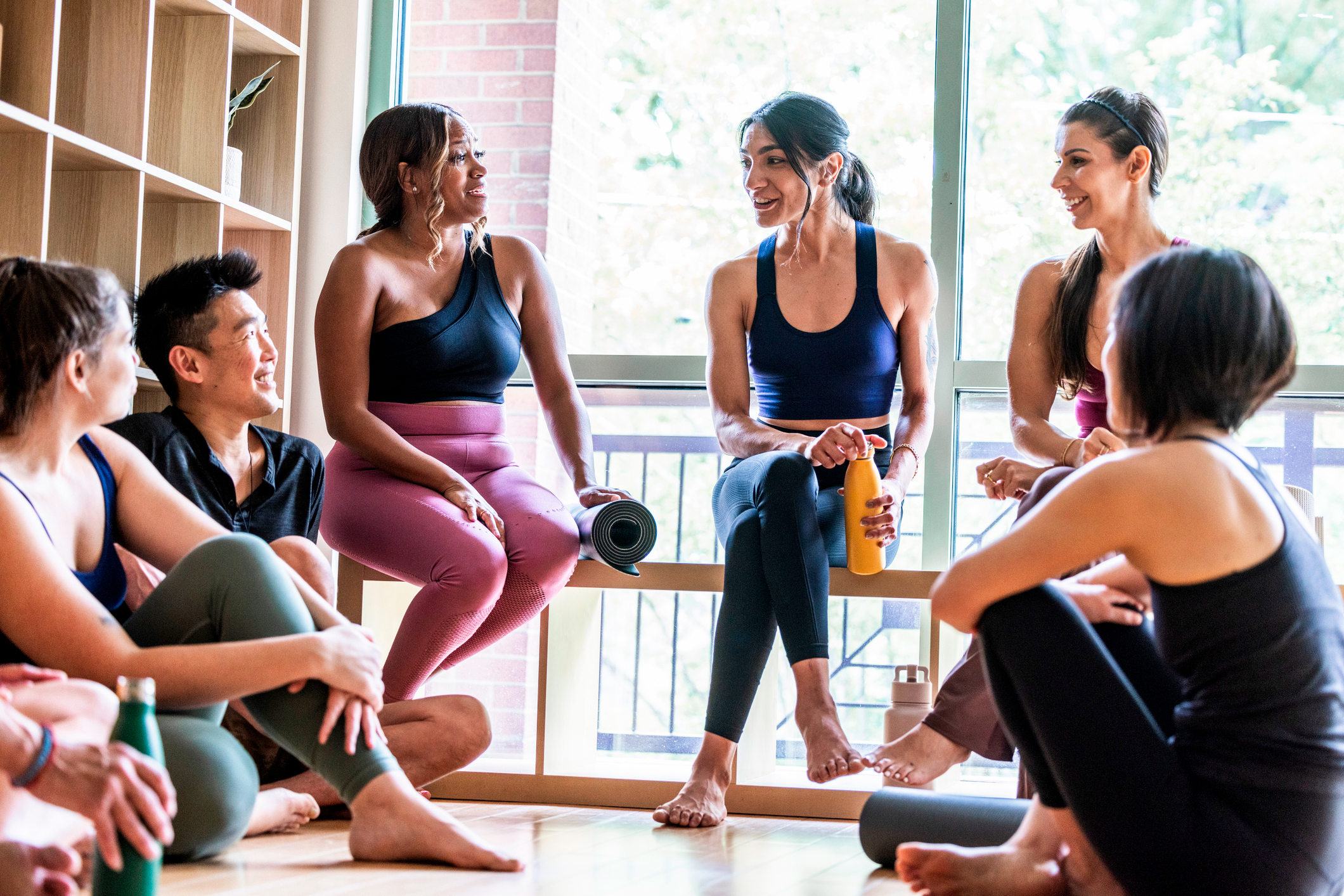
To some of us, it can feel like cheating to use a block or a strap in a yoga pose. But the right props can help you get more out of many poses, perhaps avoiding strain from overextension or helping you find proper alignment.
I asked Nicole Wood, master trainer at YogaSix to tell us the one thing she wished people would do to get more out of yoga. "I wish students would use props more, such as blocks, straps and bolsters, to help them get the most out of their yoga practice," says Wood. "There is a stigma out there that props are a crutch, which is completely false. Props allow you to feel more space in your body and help support proper alignment.
The individual anatomy of our bodies varies so much that it's unreasonable to expect that everyone should be able to stretch and reach in the same way. Props can help you work with your body to adapt poses and make them work in the best possible way for you.
"In my yoga practice the biggest revelation I've had is the utilization of props," says Wood. "YogaSix is a prop-heavy studio. Before coming to YogaSix, in previous studios I practiced I felt like I wasn't a 'good' yogi if I had to use a prop. Now, I can't imagine practicing without them. I feel so much more sensation in my body when I do. My practice has grown exponentially with the support of props."
I've certainly found props helpful when I've embraced them. I recently discovered that putting my lower hand on a block in triangle pose rather than trying to reach for the floor turns it from a dreaded endurance test into an (almost) pleasant stretch.
"Almost every yoga pose could be done with a prop," says Wood. Here are some poses that you may find are improved by the addition of props.
1. Downward-facing dog
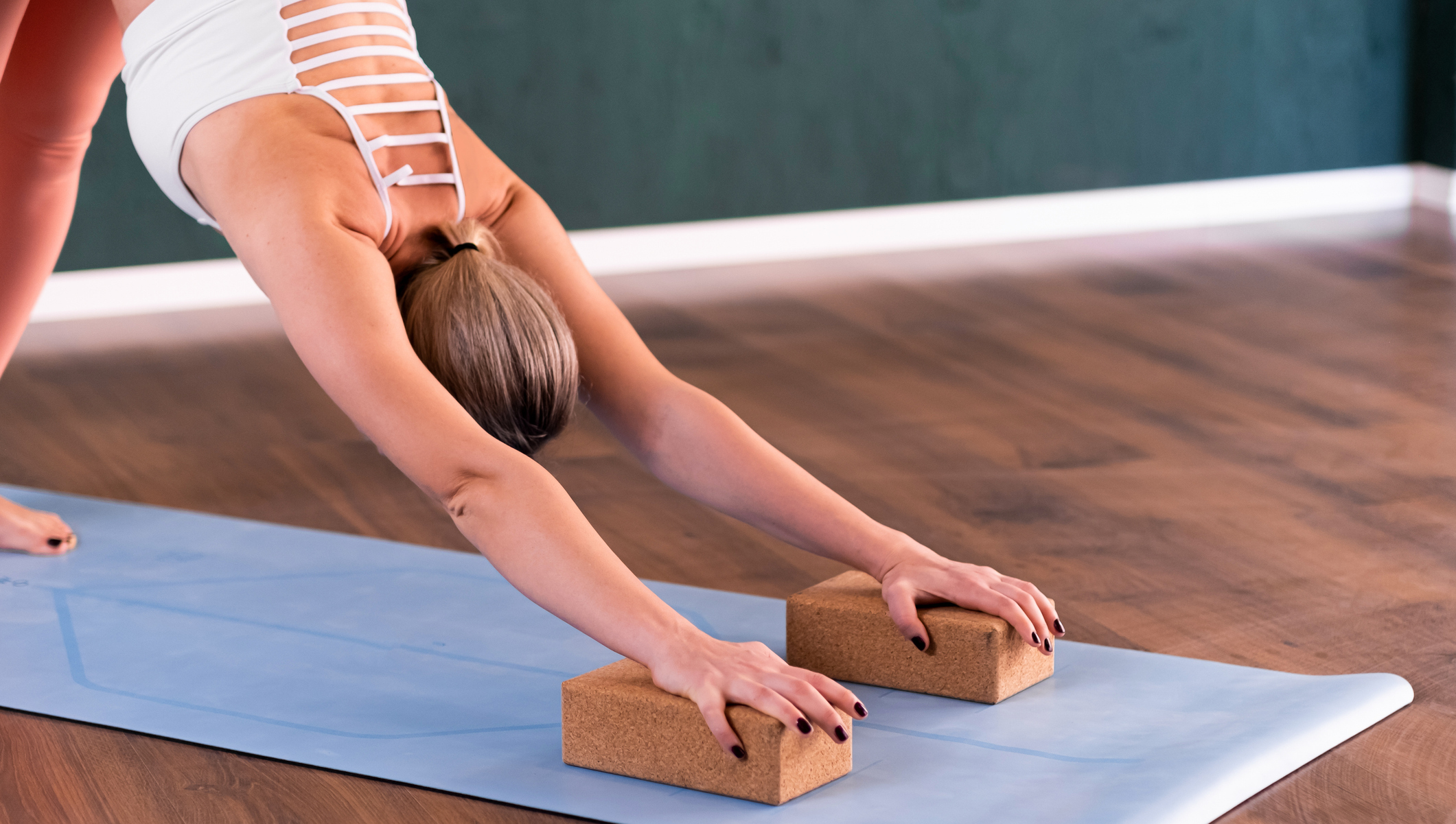
- Start on all fours, then move your hands slightly away from your feet.
- Press your hips up and back, straightening your legs so your body forms an inverted "V" shape.
Prop suggestions: "Place blocks under your palms on the lowest setting to help improve your alignment in down dog," says Wood. This will help you keep your spine straight.
"Students can also use a strap to support internal rotation," says Wood. Fasten the strap around your thighs to help you find the internal rotation of the thigh bones required for this pose.
Shop yoga blocks
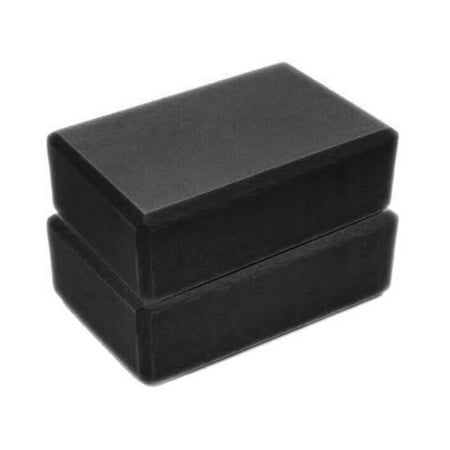
Just $1 for one!
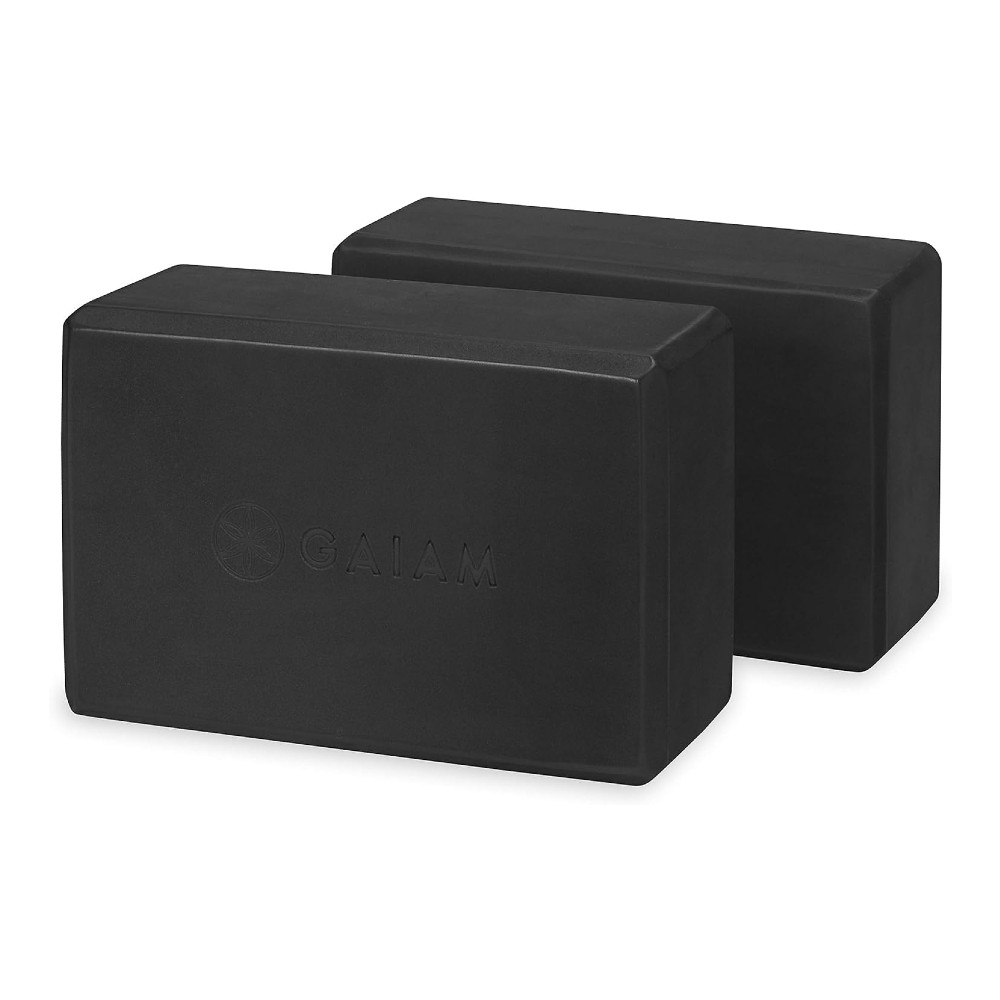
Amazon's best-selling yoga blocks.
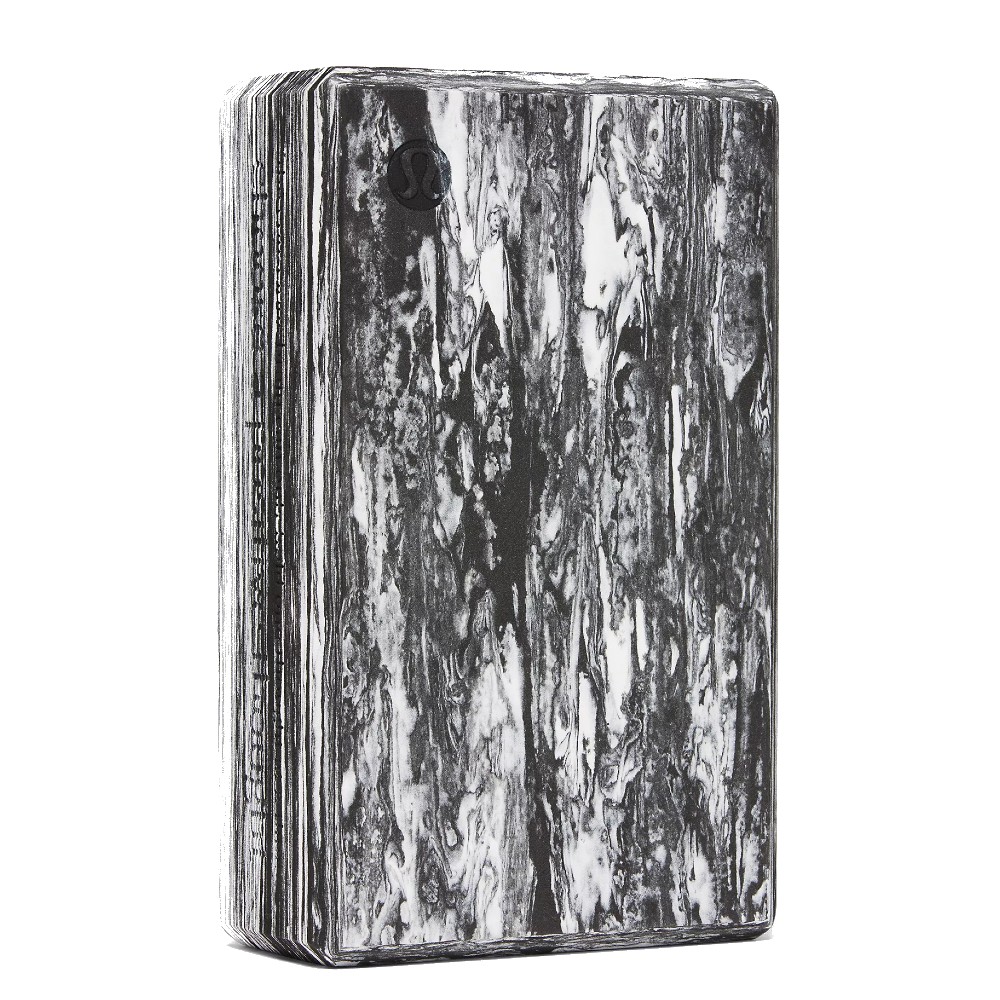
A stylish upgrade.
2. Sukhasana (sitting cross-legged)

- Sit on the mat with your legs crossed.
- Make sure your pelvis tilts forward and your back remains straight.
Prop suggestions: Place two blocks side-by-side on their lowest setting, or a folded blanket, under your sit bones.
This is supposed to be a comfortable, easy pose, but many of us lack the flexibility in our hips and lower back to sit cross-legged comfortably with a straight back. Your hips should be higher than your knees—elevating your bottom can help give you the space necessary to tilt your pelvis forward enough to keep your lower back straight. This one was a revelation for me—if I sit on a block instead of the mat I no longer feel a niggling strain in my lower back after a few minutes in this pose.
3. Seated forward bend
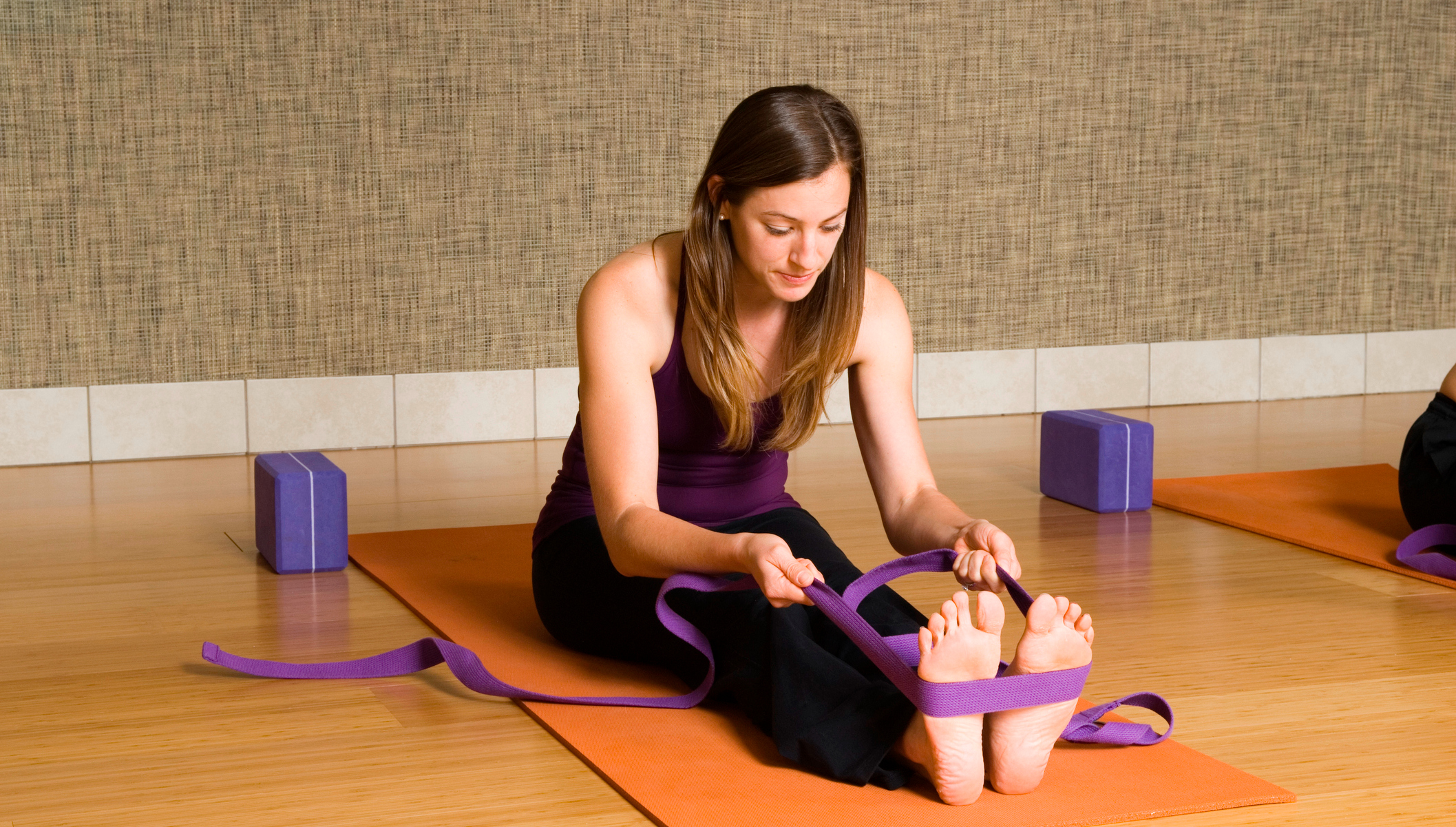
- Sit on the mat with your legs extended together in front of you.
- Reach your hands towards your feet, leaning your torso forward and keeping your back flat.
Prop suggestions: Loop a strap around the balls of your feet and pull gently on the strap with both hands. Many of us struggle to reach our feet with our hands in this forward bend, and even for those who can reach easily, it can be hard to keep your spine flat as you bend forward—I certainly struggle with this. Using the strap helps achieve this alignment.
Shop yoga straps
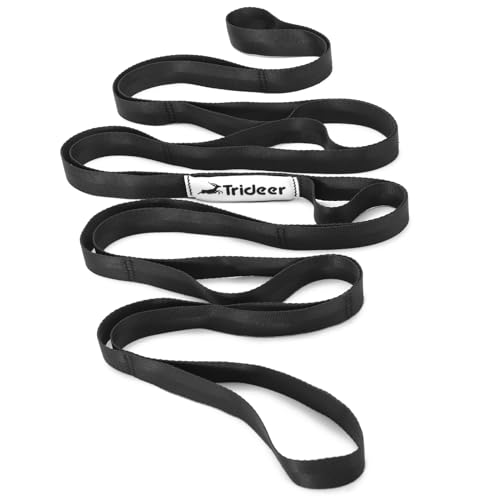
Just $6.
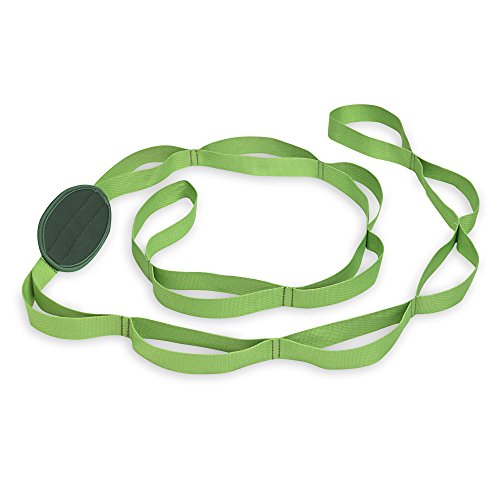
Multiple handles make it easier to maintain a position for longer.
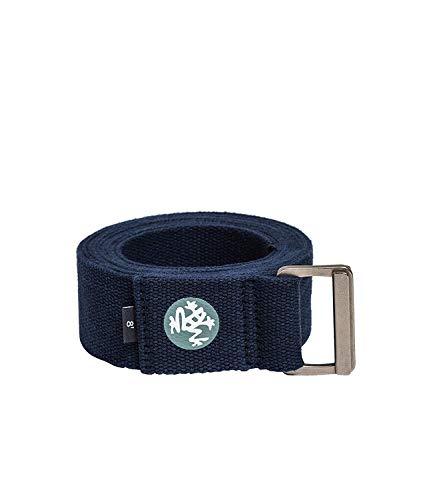
Upgrade for a better buckle.
4. Savasana (final resting pose)
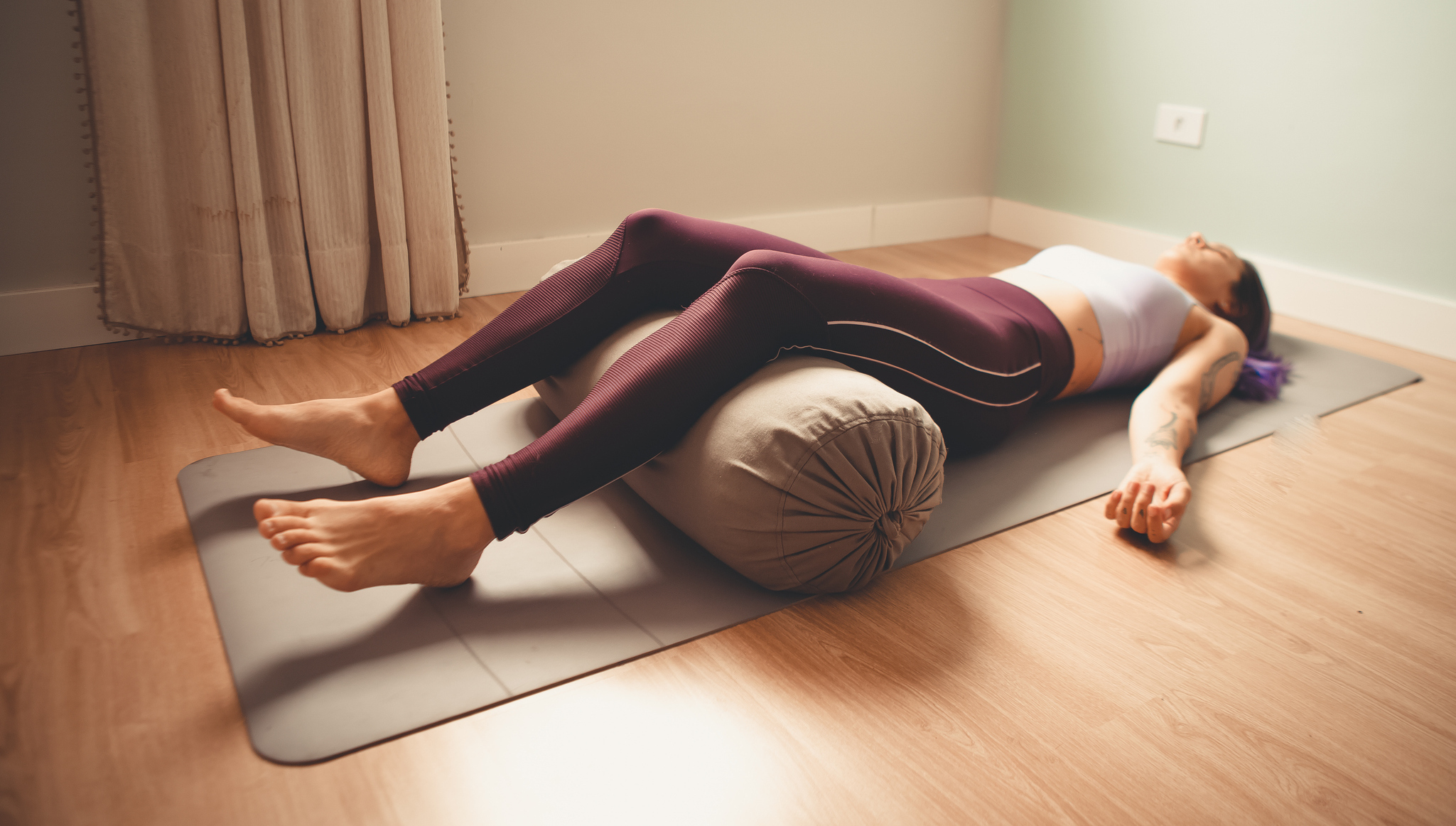
- Lie on your back with your legs apart and arms by your sides with palms facing up.
Prop suggestions: Place a bolster across the mat, under your knees. This slight elevation of the knees allows the lower back to relax and lengthen a little more. With this slight modification, savasana can feel even more relaxing. This is particularly helpful if you suffer from lower-back pain.
Shop bolsters

Just $29.99 from Amazon.

Based on more than 4,000 ratings.
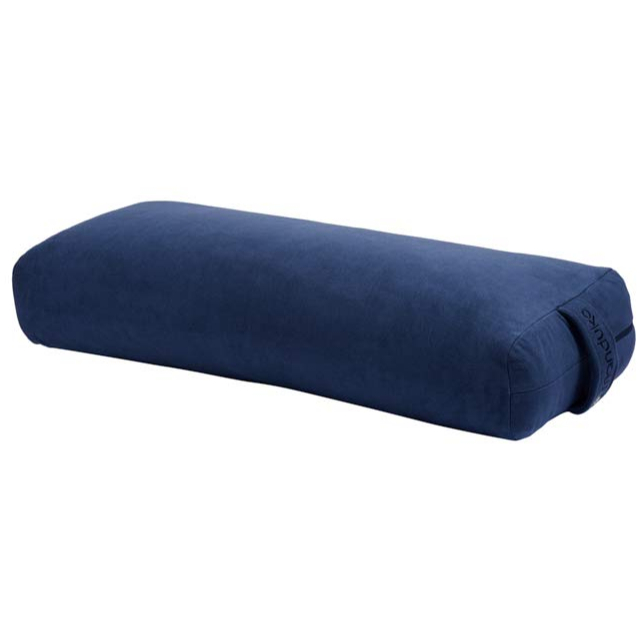
Upgrade to a bolster from one of our favorite brands.







